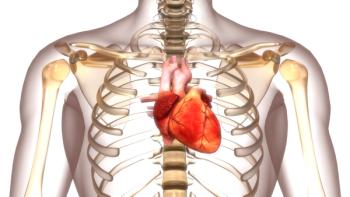
FDA clears first direct-to-consumer celiac disease genetic test
Key Takeaways
- Targeted Genomics' GlutenID test is the first FDA-cleared DTC genetic health risk test for celiac disease, using saliva samples to identify genetic predisposition.
- The FDA's 510(k) clearance ensures the test's accuracy, reproducibility, and usability across a diverse demographic.
Targeted Genomics’ new at-home GlutenID test provides consumers direct access to their inherited risk profile.
The FDA’s 510(k) clearance confirms the test’s accuracy and reproducibility, as well as its usability among a demographically diverse group of 300 individuals.
The test analyzes key human leukocyte antigen (HLA) genetic markers — DQ2, DQ8, DQ2.2 and DQ7 — associated with celiac disease and classifies results along a spectrum of risk. A negative result, categorized as non-celiac genetics (NCG), indicates a less than 1% lifetime risk of developing celiac disease.
“The root cause of celiac disease is genetic, but understanding celiac genetics is confusing for everyone, including physicians,” said Shelly Gunn, MD, PhD, founder and medical director of Targeted Genomics.
“Our task in developing GlutenID was to simplify the testing and interpretation of celiac genetics, allowing anyone to know their inherited genetic risk for developing celiac-related gluten sensitivity. Knowing the risk can help with diagnosis as well as treatment and prevention of celiac disease through a gluten free diet.”
As is the case with any at-home test, some patients may interpret their test results without the guidance of a physician and form their own conclusions. For this reason, Targeted Genomics encourages GlutenID users to consult with a health care provider or genetic counselor prior to implementing any dietary or lifestyle changes.
The test is now available for purchase directly through the
Newsletter
Stay informed and empowered with Medical Economics enewsletter, delivering expert insights, financial strategies, practice management tips and technology trends — tailored for today’s physicians.








